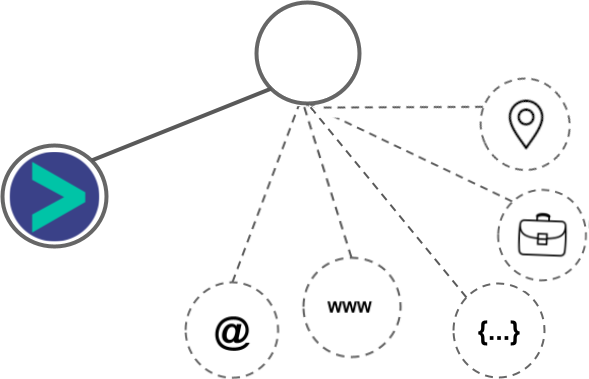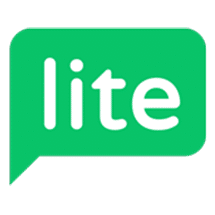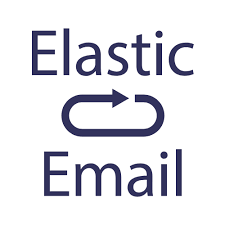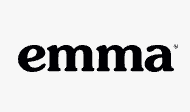Smartreach vs Campaign Monitor
Hyperise integrates with 100's of sales and marketing tools, many of which are in the Email Marketing category. With so many to choose from it's sometimes hard to know which is best, but don't worry, we've got your covered.
In this comparison guide we're going to look at the Highlights, Pros, Cons and Pricing of Smartreach and Campaign Monitor. We'll also delve into the details of which offers the best personalization options within Email Marketing, with there respective Hyperise integrations

Smartreach
Pricing: SmartReach is an email marketing platform that offers monthly and annual pricing options based on the number of contacts you have in your email list.
Vs

Campaign Monitor
Pricing: Campaign Monitor offers four pricing plans: 1. Basic Plan: This plan costs $9 per month and includes email marketing features like personalized emails, basic marketing automation, and visual journey designer. It allows you to send up to 2,500 emails per month. 2. Unlimited Plan: This plan costs $29 per month and offers unlimited emails, advanced marketing automation, behavior-based segmentation, and more. 3.
Smartreach vs Campaign Monitor Highlights
Smartreach and Campaign Monitor are both email marketing platforms, but there are some key differences between the two.
Smartreach is known for its advanced automation and personalization features. It allows users to create targeted campaigns based on behavior and demographics, and has integrations with a variety of CRMs and eCommerce platforms. Smartreach also offers predictive analytics to help users optimize their campaigns.
Campaign Monitor, on the other hand, is known for its user-friendly interface and simplicity. It offers a drag-and-drop email builder, a variety of customizable templates, and basic automation options. Campaign Monitor also has detailed reporting and analytics, as well as integrations with popular apps like Salesforce and Shopify.
Overall, Smartreach may be a better fit for larger companies with complex email marketing needs, while Campaign Monitor may be a better fit for smaller businesses or those just starting out with email marketing.
Smartreach vs Campaign Monitor Pros
Smartreach Pros
- Smartreach offers a more intuitive and user-friendly interface compared to Campaign Monitor
- Smartreach allows for more advanced segmentation and targeting options, which can result in more personalized and effective email campaigns
- Smartreach provides deeper integrations with popular CRMs like Salesforce and HubSpot, making it easier to sync and track customer data
- Smartreach offers more comprehensive reporting and analytics, allowing for better visibility into campaign performance and ROI
- Smartreach offers more flexible pricing plans, including pay-as-you-go options, making it more accessible for smaller businesses or those with fluctuating email volumes.
Campaign Monitor Pros
- Campaign Monitor has a more user-friendly and intuitive interface.
- Campaign Monitor offers a wide range of customizable email templates.
- Campaign Monitor has robust and advanced A/B testing functionality.
- Campaign Monitor provides excellent customer support, including phone and chat support.
- Campaign Monitor integrates with a variety of third-party applications and platforms.
- Campaign Monitor supports multiple languages and offers regional servers in different locations.
- Campaign Monitor provides a robust email automation workflow builder.
- Campaign Monitor has a more affordable pricing structure compared to Smartreach.
Smartreach vs Campaign Monitor Cons
Smartreach Cons
- Limited design options and templates compared to Campaign Monitor
- Less intuitive user interface and navigation
- Limited reporting and analytics features compared to Campaign Monitor
- No option for A/B testing of emails, while Campaign Monitor offers this feature
- No built-in integration with popular third-party apps such as Salesforce and Shopify, which Campaign Monitor supports
- Smartreach has limited options for automation compared to the advanced automation features available in Campaign Monitor
- Smartreach has limitations in terms of customization and personalization of emails, while Campaign Monitor has advanced customization options.
Campaign Monitor Cons
- Limited design and formatting options for email templates
- Limited automation and workflow capabilities
- No built-in landing page or signup form builder
- No direct social media integration for sharing email campaigns
- Limited reporting and analytics features compared to Smartreach
- Higher pricing plans compared to Smartreach
Smartreach & Campaign Monitor Hyperise Integrations
Smartreach uses the Image embed method to integrate with Hyperise, giving a simple way to add personalized images to your messages.
Smartreach makes the following data points available to Hyperise, to enable personalization in images used in outreach and linked out to your personalized website landing pages.

- Using business Email passed from Smartreach, Hyperise is able to enrich business logo and website screenshots. In some cases, with a business Email we're also able to enrich profile images, subject to the business email having a publicly available profile.
- Business name
- Job title
- City
- Country
Smartreach Integration Guide
Campaign Monitor uses the HTML code embed method to integrate with Hyperise, giving a simple way to add personalized images to your messages.
Campaign Monitor makes the following data points available to Hyperise, to enable personalization in images used in outreach and linked out to your personalized website landing pages.

- Using business Email passed from Campaign Monitor, Hyperise is able to enrich business logo and website screenshots. In some cases, with a business Email we're also able to enrich profile images, subject to the business email having a publicly available profile.
Campaign Monitor Integration Guide

 vs
vs  vs
vs  vs
vs  vs
vs 

 vs
vs  vs
vs  vs
vs 



 vs
vs  vs
vs  vs
vs  vs
vs  vs
vs  vs
vs 
 vs
vs 


















